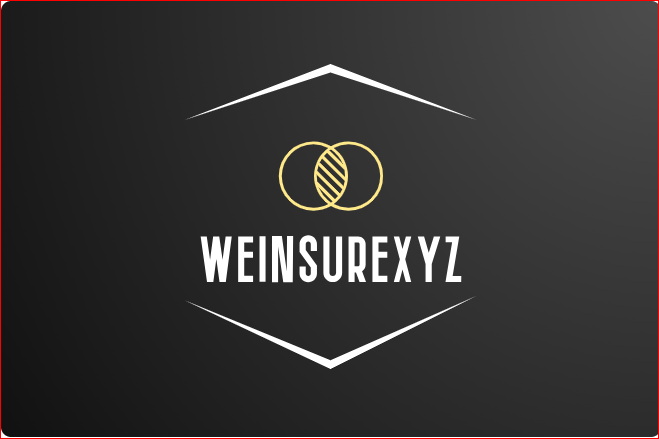The cost of small business insurance varies based on several factors unique to each business, making it difficult to pinpoint a single average price.
Here’s a breakdown of average costs for various types of small business insurance policies, along with the influencing factors:
Average monthly/annual costs for common policies
- General liability insurance: This fundamental coverage, often the least expensive, costs an average of $68 per month or $810 annually.
- Business Owner’s Policy (BOP): Bundles general liability, property insurance, and potentially business interruption coverage. The average BOP costs $141 per month or $1,687 annually.
- Workers’ compensation insurance: Costs are typically calculated per $100 of payroll. Most small businesses pay an average of $81 a month for payrolls under $300,000. In Florida, the average premium is about $1.30 per $100 in payroll.
- Professional liability (Errors & Omissions) insurance: Protects against claims of negligence or errors in professional services. The average cost is $62 per month or $744 annually for a standalone policy.
- Commercial property insurance: Averages about $134 per month or $1,605 annually.
- Cyber liability insurance: On average, costs $145 per month or $1,740 annually.
Factors affecting your insurance premiums
Several key factors determine the specific cost of your small business insurance:
Industry and Risk Level: Businesses in higher-risk industries, like construction or manufacturing, generally face higher premiums than lower-risk industries, such as consulting or accounting.
- Business Size: The size of your operations, including annual revenue, payroll, number of employees, and assets, affects your premiums. Larger businesses typically have higher premiums due to increased potential liabilities.
- Location: Your geographical location plays a role, with areas prone to natural disasters or high crime rates potentially resulting in higher premiums. State and local regulations can also mandate specific coverage requirements.
- Claims History: A history of frequent or expensive claims can lead to higher premiums.
- Coverage Needs and Limits: The types of insurance coverage you choose and the policy limits (per occurrence and aggregate) directly impact the premium. Higher limits mean greater coverage but also higher premiums.
- Policy Deductibles: Choosing a higher deductible can lower your monthly premium, but it means you’ll pay more out-of-pocket before your insurance kicks in.
- Number of Employees: More employees can increase the risk of workers’ compensation and general liability claims, leading to higher premiums.
- Payroll Size: For workers’ compensation, the larger your payroll, the higher your premiums will be.
- Business Property Value: Businesses with valuable commercial property will likely pay higher premiums for property and business interruption insurance.
- Years in Business/Experience: Newer businesses may face higher rates due to limited experience and a lack of established claims history.
- Risk Management Practices: Implementing safety training, security measures, and maintaining clear communication with clients can demonstrate a commitment to risk reduction and potentially lower premiums.
- Tips to potentially lower your premiums
- Assess your needs: Review your business’s risks and coverage requirements annually to avoid over-insuring or being underinsured.
- Shop around: Compare quotes from multiple insurers before purchasing a policy to find the best rates for your needs.
- Bundle policies: Consider bundling policies, such as a BOP, to potentially save money compared to purchasing individual policies separately.
- Increase deductibles: Raising your deductible can lower your premium, but ensure you can comfortably afford the higher out-of-pocket cost if a claim arises.
- Improve safety and security: Implement safety protocols, conduct employee training, and enhance security measures to reduce risks and potentially lower your premiums.
- Maintain a clean claims history: Avoid claims by taking preventative measures and maintaining strong risk management practices.
- Explore discounts: Ask your insurance agent about available discounts, such as those for bundling, installing security systems, or being claim-free for several years.
- Work with an insurance professional: A knowledgeable insurance agent can help you identify coverage gaps, find cost-saving opportunities, and navigate the claims process effectively.

